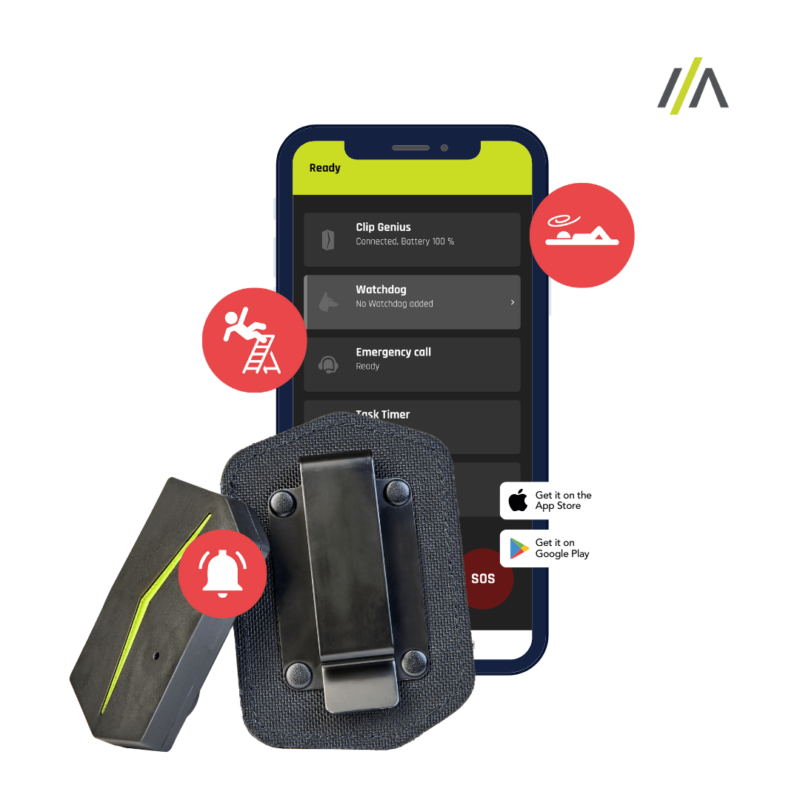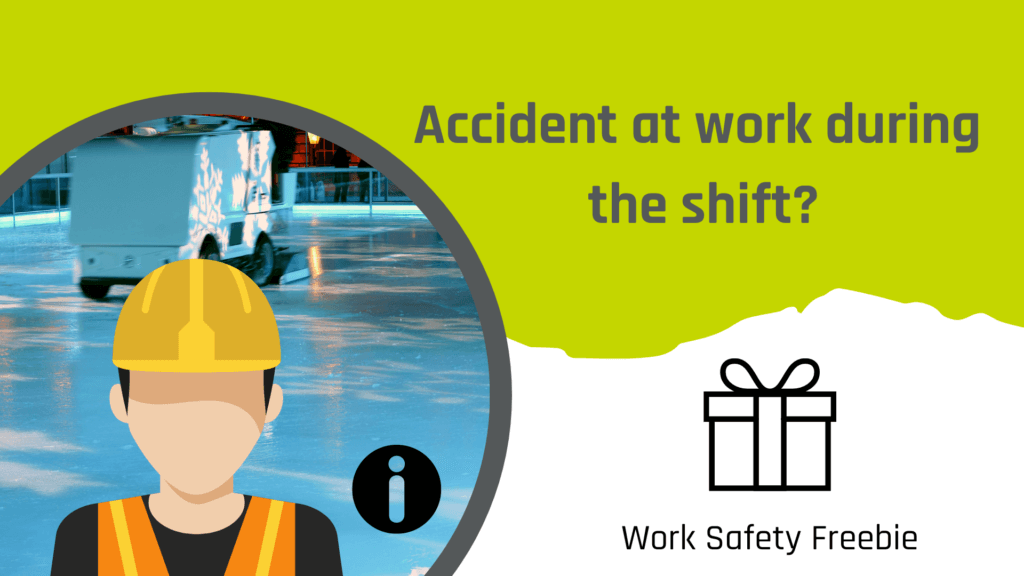Securing lone work is a crucial aspect of modern work life. Emergency detection systems play a central role in ensuring that help can be provided quickly in the event of an accident. But what should you look for in such emergency systems?
Detection of motionlessness
A key feature of emergency detection is the detection of motionlessness. This is particularly important because serious emergencies often end with immobility. Good systems use sensitive accelerometers to distinguish between motionlessness and quiet work, such as reading emails. The sensors of such a system can detect even the slightest movements, minimizing false alarms. A multi-stage alarm process, starting with quiet warnings, ensures that only real emergencies are reported.
Fall detection
Another essential element of emergency detection is fall detection. Although the focus is on detecting motionlessness, fall detection can help shorten response time after an accident. A fall is typically detected in three phases: free fall, impact, and subsequent motionlessness. Systems that reliably detect these phases can call for help faster, minimizing the consequences of an accident.
Communication channels
Effective emergency detection systems should also enable seamless communication. Ideally, they notify emergency services and employees who can provide first aid on-site. The selection of emergency contacts must be flexible and adapted to the respective work situation. Various communication channels increase the likelihood that the alarm will be received quickly and reliably.
And now, the most crucial thing: Test the system!
If you are looking for a suitable emergency detection system for yourself and/or your employees, we recommend testing it before buying! Reputable sales outlets offer test options. If they don’t, you might ask yourself why they do not want to offer their system for trial. For example, a test will quickly show you that a device will be unusable in everyday life if it triggers too many alarms. Such a device will get on your nerves in no time. Usually, such emergency detection systems end up in the back of a desk drawer or the glove compartment of your car very quickly.
You can find out what other criteria you should consider when buying an emergency detection system in our paper “Deep Dive: Emergency Detection”. Feel free to download the paper and browse through it to get more information about emergency detection and the functionalities of emergency detection systems.
In the end, you will realize that ANGEL React is undoubtedly not the only helpful emergency detection system on the market. But it is the one that strikes the right balance: It is hardly noticeable during daily work, yet it helps you comprehensively and reliably in all emergency situations. It does what it is supposed to: Call for help as quickly and loudly as possible when needed – and avoid false alarms.
By the way, our systems can, of course, be tested! Just try our “Try and Buy” offer.




 ADRESYS
ADRESYS  ADRESYS
ADRESYS  ADRESYS
ADRESYS  ADRESYS
ADRESYS